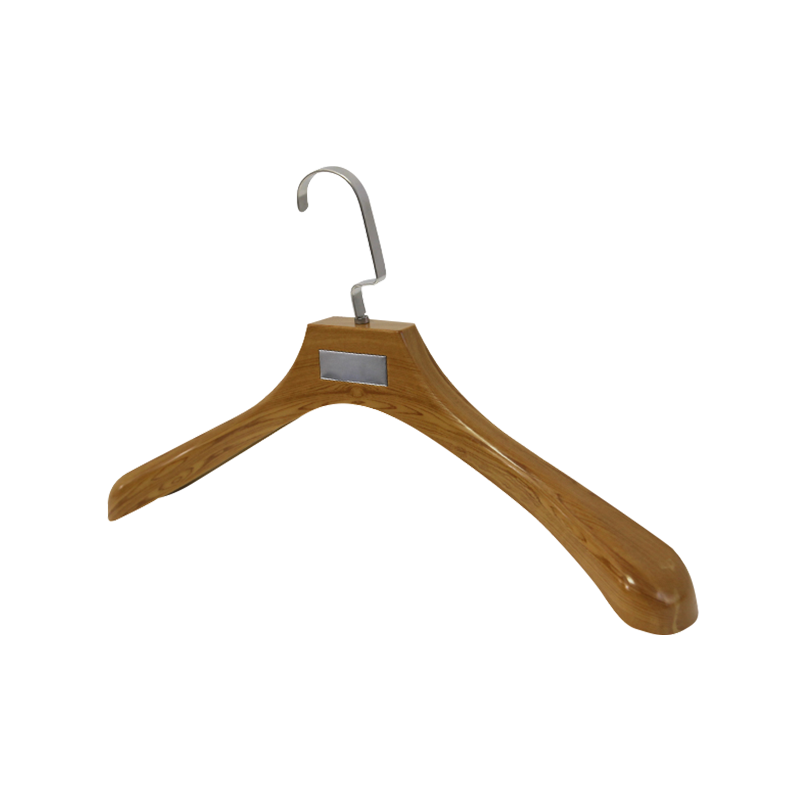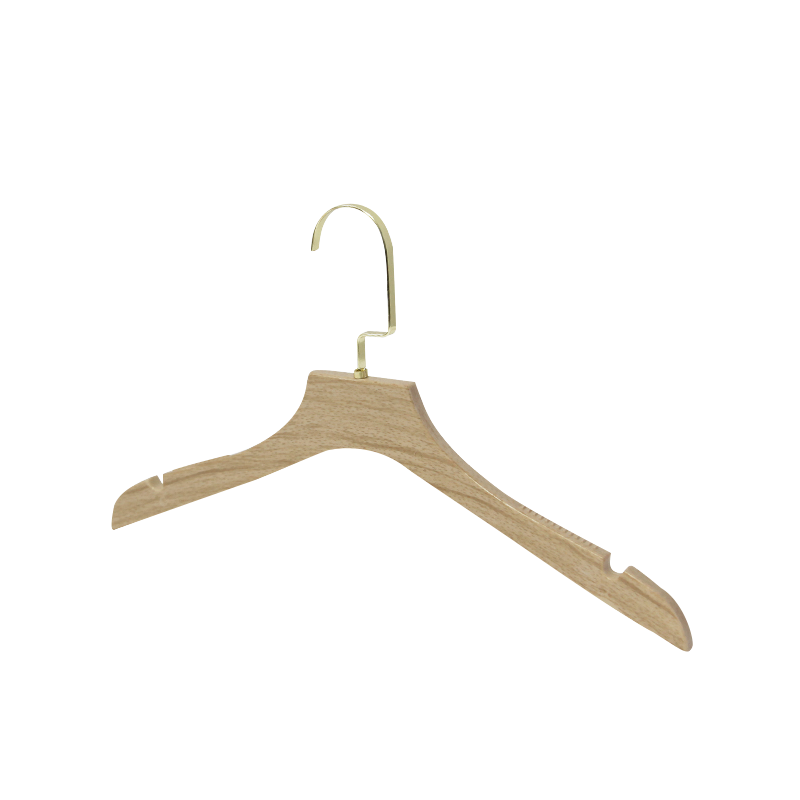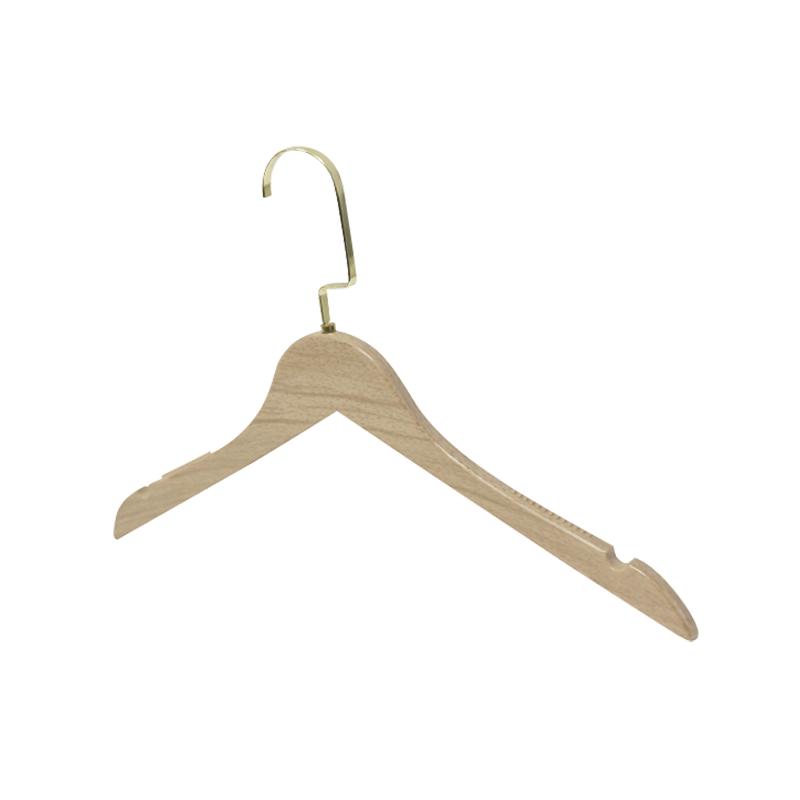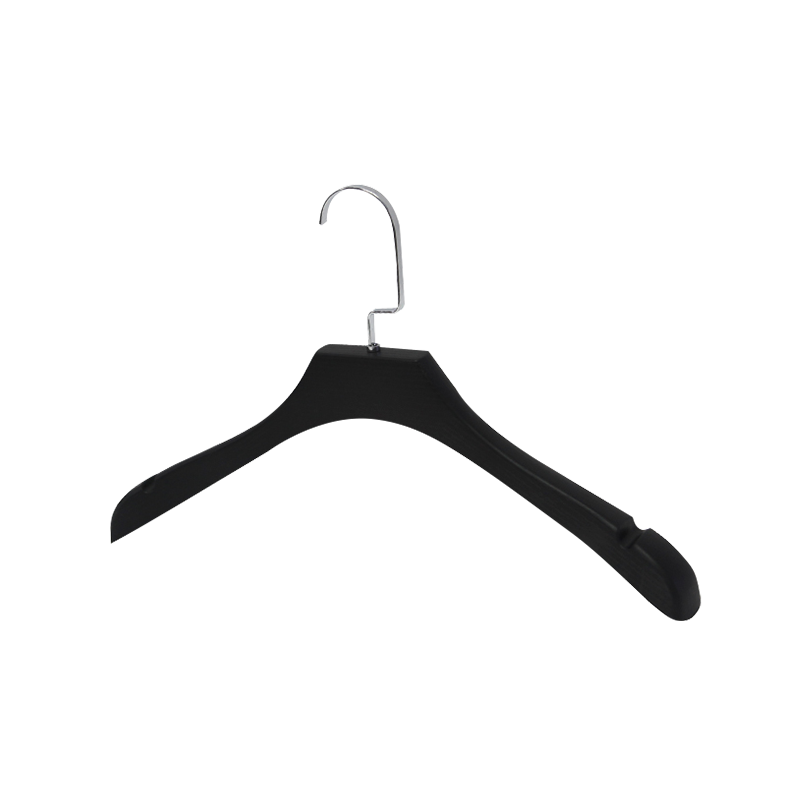Simple Operation and Time Efficiency
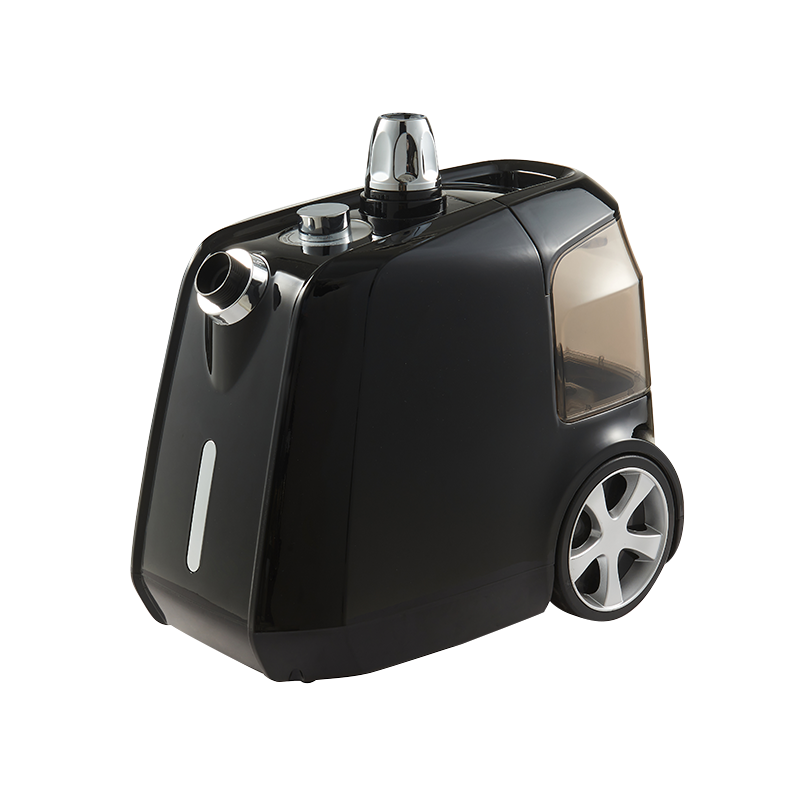
One key advantage of an electric garment steamer is its ease of use. Unlike conventional irons, which require a flat surface and precise handling to avoid creases, a steamer allows users to smooth fabrics while they hang on a rack or garment stand. This simplifies the process and reduces the number of steps involved.
Additionally, steamers generally heat up quickly. Many models reach operating temperature within a short period, allowing users to prepare clothing efficiently before work, travel, or social events. This readiness is especially useful for people with busy schedules who value quick results without complicated adjustments.
In commercial settings such as clothing retail shops, employees often use steamers to refresh display garments throughout the day. The quick warm-up time and easy handling enable staff to maintain a polished look for merchandise without interrupting customer service.
Gentle on Fabrics and Broad Applicability
Electric garment steamers can treat various textiles while the risk of scorch marks or fabric damage. Because the steam relaxes fibers instead of pressing them directly against a hot metal plate, delicate clothing materials tend to be safer to treat.
Examples of suitable fabrics include:
- Silk blouses and scarves
- Wool suits and knitwear
- Polyester blends commonly used in casual wear
- Lace and garments with embroidery
Certain clothes that feature intricate structures or decorations—not easily ironed—can be steamed while hanging. Steaming can also remove odors and refresh fabrics that may not require a full wash after short use.
For households dealing with mixed wardrobes, this wider application range helps reduce the need for separate treatment tools.
Vertical and Horizontal Flexibility
Electric garment steamers are designed to operate in different orientations. Users can steam vertically, which is ideal for curtains, long coats, or dresses. Some models also support horizontal steaming when garments need slight pressure or when working on flat surfaces.
This flexibility allows the steamer to assist with manufacturing or maintenance needs beyond clothing. For example:
- Freshening upholstered furniture
- Reducing wrinkles in tablecloths or bedding
- Preparing costumes or uniforms for events
Families with drapery installations can maintain a neat appearance without removing fabrics from their fixtures, saving time and effort.
Enhancement of Clothing Appearance and Hygiene
Steam helps not only in smoothing wrinkles but also in maintaining fabric quality. Moist heat can relax fibers, preserving the natural shape of garments without pressing them into rigid lines. This is valuable for clothing designed with soft silhouettes, such as business suits or flowy dresses.
Additionally, steam may help reduce surface dust and certain odor-causing particles. Some users apply steamers to jackets or garments that have been in storage to restore freshness before wearing them again.
For businesses like theaters or fashion studios, steamers assist in keeping costumes and sample pieces presentable between performances or fittings.
Portable Options for Travel and Small Living Spaces
Portable electric garment steamers are available for travelers or residents with limited home storage. These compact units fit easily into suitcases or small cabinets, allowing users to manage wrinkles on business trips or vacations.
In hotel stays or temporary accommodations, access to an iron and ironing board may be inconvenient. A handheld steamer offers a lightweight solution to maintain appearance without relying on hotel equipment.
For small apartments or dormitories, where owning large appliances may not be practical, a compact steamer serves as an efficient alternative.
Reduced Risk of Surface Damage
Traditional ironing requires a board and involves placing garments directly against a hot surface. This may cause shine marks, especially on dark suits or synthetic fabrics. Steamers reduce such risks by eliminating prolonged contact with a heated plate.
Additionally, vertical steaming avoids transferring residues from ironing board covers onto fabrics. This can be helpful when dealing with light-colored garments and specialty textiles.



 Language
Language  English
English 中文简体
中文简体 Español
Español русский
русский
